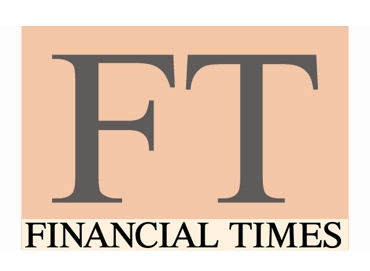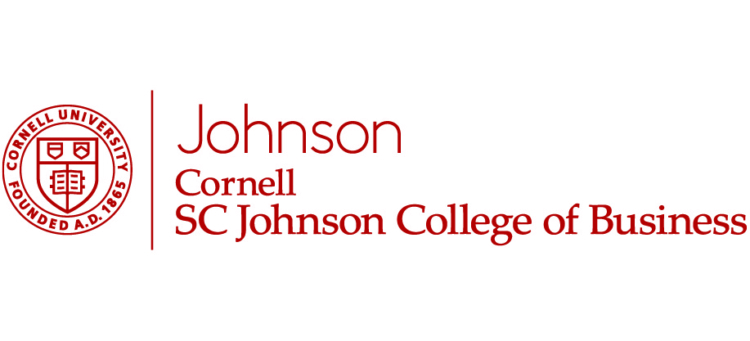
IESE Business School ranked as the top custom education program in the world according to the Financial Times’2016 Executive Education Ranking.
Jordi Canals couldn’t ask for a better going away present.
The outgoing dean of IESE Business School, Canals has spent the past 15 years transforming the Barcelona-based MBA program from a regional player to a global powerhouse renowned for training entrepreneurs. However, Canals’ real legacy may come in the area of executive education.
For the second year in a row, IESE has topped this week’s Financial Times’ annual ranking of executive education programs. How dominant has IESE become in the non-degree space? The school ranked first in customized education, which caters to corporate clients, and second in open enrollment, courses available to working managers.
Along with coronating IESE, the 2016 FT rankings also reinforce an uncomfortable truth: American programs lag far behind their European counterparts in exec ed. Just two American schools – Harvard Business School and the University of Michigan’s Ross School of Business — rank among the top 10 schools when you combine the rankings. What are the Yankees’ Achilles heel? Custom education – where only one program, HBS, ranks among the Top 15 programs.
METHODOLOGY WHERE EACH METRIC ACCOUNTS FOR LESS THAN 10% OF THE WEIGHT

What kind of methodology would put Harvard, which boasts more executive education revenue than any school in the world at $168 million a year, in fifth place overall, and in third with open enrollment courses behind IMD in Switzerland and IESE in Spain? To come up with its list, FT applies an overly complicated formula in which no category receives more than an 8.8% weight. In the open program category, for example, FT weighs 16 metrics to compose a ranking, with academic heft given prominence. For example, “faculty quality” and “new skill development” carry the highest importance (each 8.8%), followed by “course design” (8.6%), “student goal achievement” (8.5%), “teaching methods and materials” (8.3%), “pre-course preparation required” (7.7%), and “post-course follow up” (7.4%). The quality of participants (7.9%), facilities (7.4%), and even food and accommodations (6.6%) are also considered, as are demographics such as the diversity of faculty (4%) and female enrollment (2%). In addition,” international reach” (3%) and partnerships with other business schools (3%) are built into the formula, with a 5% nod granted to revenue growth and repeat business.
That’s pretty much everything, plus the kitchen sink (and with food and accommodations included there is little exaggeration there). Yet, there’s more. The custom ranking gives similar weights to these categories, though “value for the money” (7.8%) and “international clientele” (5.0%) are unique here. At the same time, the customized ranking doesn’t factor in participant quality, food and lodging, or female participation. What’s more, repeat business has a 3% higher weight in the custom category.
To gather the data for these rankings, FT received survey responses from nearly 1,100 schools with more than 5,900 participants. Notably, the open enrollment ranking required a minimum of a 20% response rate from a class sample to complete a survey for a program to be included. Overall, 85 custom and 75 open enrollment programs were ranked.
CONSISTENT EXCELLENCE SEPARATES IESE FROM THE PACK
So what was behind IESE’s dominance this year? You can attribute it to quality across the board. Among the 10 open enrollment categories where FT simply provided a ranking, IESE finished in the top 10 in seven of them, with their highest ranking coming in the skill development and follow up (3rd) categories and their lowest (regrettably) in the quality of participants (21st). In addition, the school earned high marks against their peers in repeat business, female participation, faculty diversity, and school partnerships.
In the custom market, however, IESE truly shined. The school finished in the top 10 across all categories, highlighted by 2nd place finishes in skill development and value for the money. As before, IESE compared favorably against competitors in faculty diversity and school partnerships. As a result, it edged out competitors who were often done in by substandard performance in one or two metrics.
Switzerland’s IMD is a case in point. Technically, it ranked first in the open enrollment sector ahead of IESE. The Swiss and Singapore-based program finished in the top 10 in every open enrollment category, including 1st and 2nd in the all-important skill development and goals achieved categories respectively. As a result, it was able to fend off IESE here, despite weaker performance in metrics like female participation, repeat business, and partner schools. When it comes to the custom arena, however, IMD fell short to IESE, despite notching higher rankings in every academic category except skill development and value for money. However, IMD performed miserably with overseas programs (22nd) and partner schools (44th) compared to IESE, whose metrics were second-best in both.

IMD in Lausanne, Switzerland, wins coveted No. 1 spot in the FT’s Executive Education ranking for open enrollment programs.
Rounding out the top three overall is HEC Paris, finishing 8th in open enrollment and 2nd in custom. For the former, the program performed best in skill development (5th), with their ranking dragged down by the 3Fs: food, faculty and facilities. In custom, HEC Paris ranked first in six of ten categories: pre-class preparation, program design, faculty, skill development, aims achieved, follow up, and goals achieved (not to mention 2nd in teaching).
And that begs the question: How did HEC Paris rank below IESE in custom, which didn’t score a first place finish in any category (and ranked below HEC Paris in eight of ten ranking categories)? For one, it ranked a piddling 20th in facilities. Plus, it taught far fewer international clients and maintained a lower number of partnerships with other business schools. In other words, it was penalized more on its reach and not its quality –making it a real threat to IESE next year if it can broaden its book of business.
HARVARD AND MICHIGAN LEAD THE AMERICAN CONTINGENT
Needless to say, American programs have a lot of catching up to do with its European counterparts, particularly in the lucrative area of custom education. In the open enrollment space, Harvard Business School is the undisputed American heavyweight, ranking third overall. Here, they perform particularly well in the areas of quality of participants (1st), teaching methods and materials (2nd), faculty (3rd) – though they do struggle a bit with food and accommodations (11th). Even more, HBS is the elite in terms of partnerships, faculty diversity and global reach. Unfortunately, their custom education arm hasn’t kept pace with its open enrollment counterpart, floundering notably in the areas of partner schools (55th), international reach (38th), and future use (34th). Make no mistake: With its esteemed brand and accompanying synergies, Harvard Business School could easily compete with the top European schools if it chose to invest more resources here.





Questions about this article? Email us or leave a comment below.